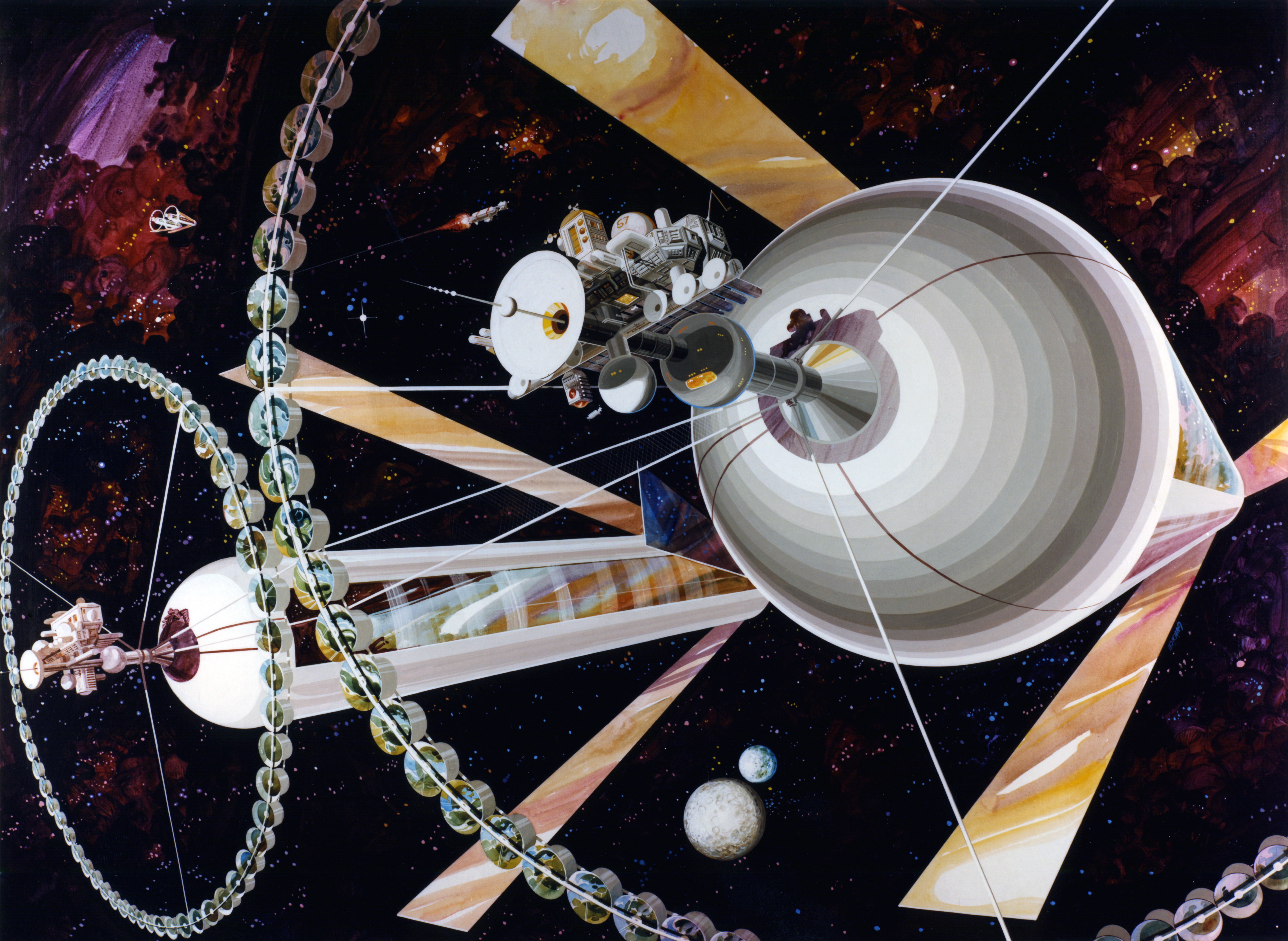- Joined
- Oct 6, 2013
- Messages
- 100
- Reaction score
- 44
I can see it working on a smaller scale than reality -- after all, StarMade itself has a vastly reduced scale.
Ingame stars are 10 to 30 kilometers away from each other (instead of light years apart, just one of which is 9,461,000,000,000 km -- 9 trillion kilometers... the closest star system to Sol, Alpha Centauri, is 4.37 light years, or 41.5 trillion kilometers away)... the current "platter" planets are under a kilometer or so I think.. never actually measured one :p (whereas in reality, Earth's equatorial diameter is 12,756 km), etc.
If SM used realistic measurements, with the way the game is currently designed, it would mean most players would never even reach Mars, distance-wise (54.6 million km at its closest). Heck, ingame I typically head about 30-40 km from spawn, which is usually far enough out that I can work undisturbed -- but in reality that would mean I wouldn't even be in low Earth orbit (anything below about 160 km will have a decaying orbit).
If we apply that StarMade scale to it, a Dyson sphere becomes a LOT smaller -- something that encompasses an area measured in tens of square kilometers at most, instead of the more realistic 2.72e17 square kilometers, which makes it a lot more feasible in terms of gameplay. Still a very big project, but doable with enough teamwork (tho crossing the sector boundaries would still be highly problematic) :D
There's a nice summary of Dyson spheres available here if anyone is interested
Ingame stars are 10 to 30 kilometers away from each other (instead of light years apart, just one of which is 9,461,000,000,000 km -- 9 trillion kilometers... the closest star system to Sol, Alpha Centauri, is 4.37 light years, or 41.5 trillion kilometers away)... the current "platter" planets are under a kilometer or so I think.. never actually measured one :p (whereas in reality, Earth's equatorial diameter is 12,756 km), etc.
If SM used realistic measurements, with the way the game is currently designed, it would mean most players would never even reach Mars, distance-wise (54.6 million km at its closest). Heck, ingame I typically head about 30-40 km from spawn, which is usually far enough out that I can work undisturbed -- but in reality that would mean I wouldn't even be in low Earth orbit (anything below about 160 km will have a decaying orbit).
If we apply that StarMade scale to it, a Dyson sphere becomes a LOT smaller -- something that encompasses an area measured in tens of square kilometers at most, instead of the more realistic 2.72e17 square kilometers, which makes it a lot more feasible in terms of gameplay. Still a very big project, but doable with enough teamwork (tho crossing the sector boundaries would still be highly problematic) :D
There's a nice summary of Dyson spheres available here if anyone is interested



